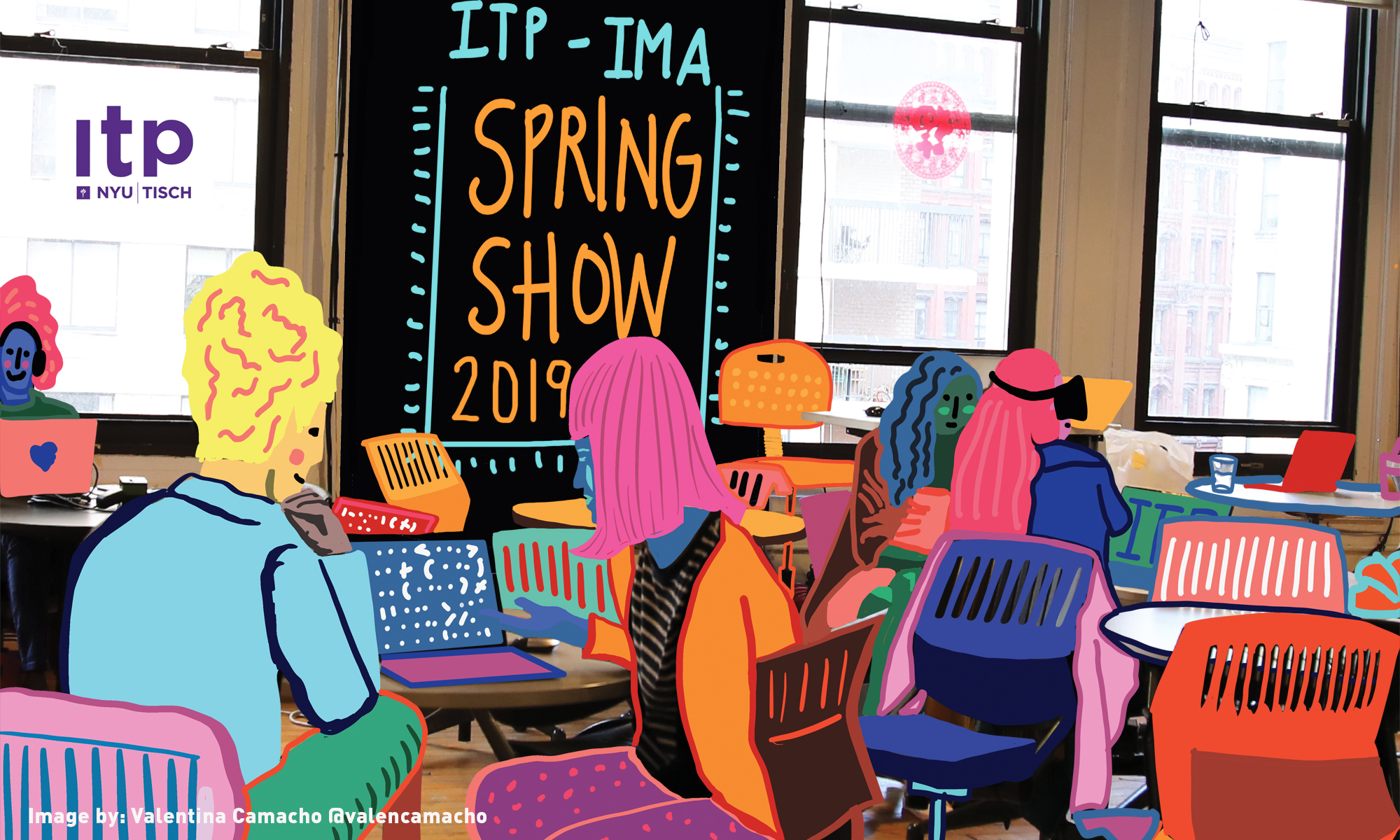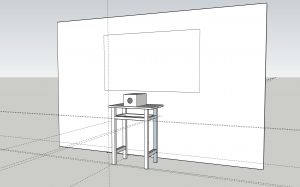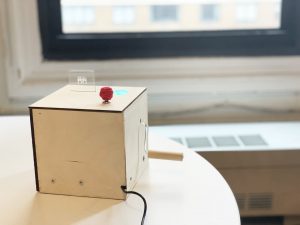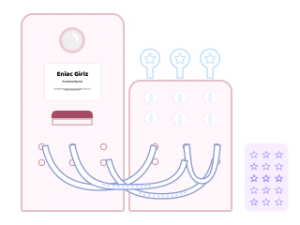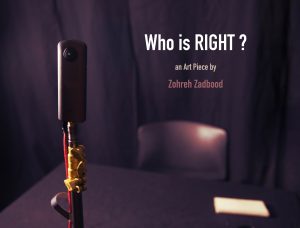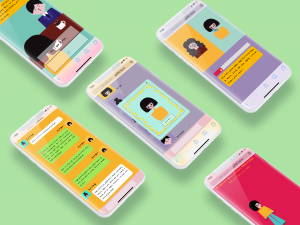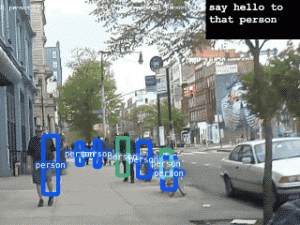Kexin Lin, Marco Wylie, Rachel Lim, Tianyi Xie, Zhe Wang
A box that educates fear is NOT where you think it is.
Description
Our project is a box that utilizes Joseph E. Ledoux’s research to communicate that the subjective and objective states of fear are generated by two systems within our brain: one is responsible for physiological responses triggered by the amygdala, while the other elicits the “feeling” of fear and is related to areas of the brain that generate cognitive processes. This finding argues against the prior assumption that fear was generated by one system in the amygdala.
Our box will simultaneously educate about and elicit fear from users through display text on acrylic panels, a diagram of the brain formed by el wire, and tactical/sensory components within the box. When the user approaches it, they will be exposed to introductory text and audio about the research described above. They will then be encouraged to stick their hand inside a hole in the box, which will trap their hand and force them to interact with the internal mechanisms. The interior has three components on each side of the box: a rotating object akin to a drill, a vibrating motor, and a variety of soft/slimy materials. Each one will light up related content on the panels that delves into detail about each system in the “two systems” framework.
If the user wishes to leave or has completed perusing the contents they can press a button located on the top of the box to release their hand. Afterwards, they will receive a sticker and conclusive information about the research at the end of the experience.
Classes
Playful Communication of Serious Research
